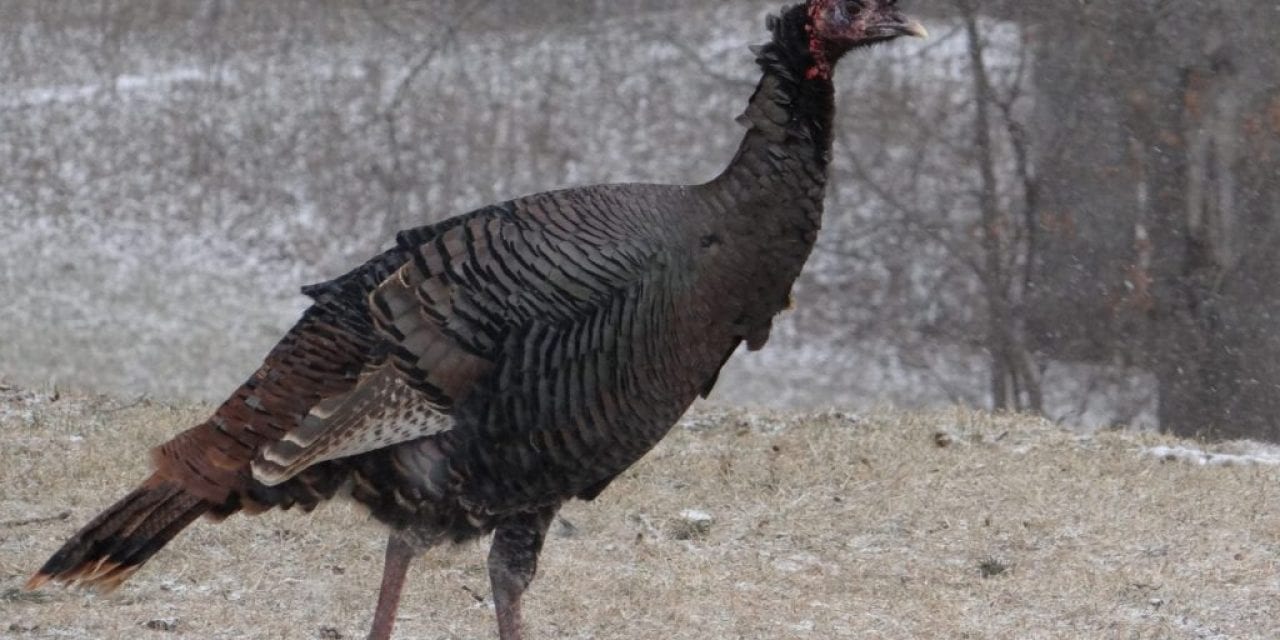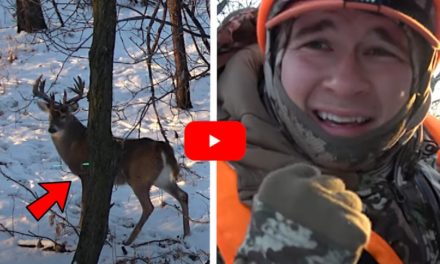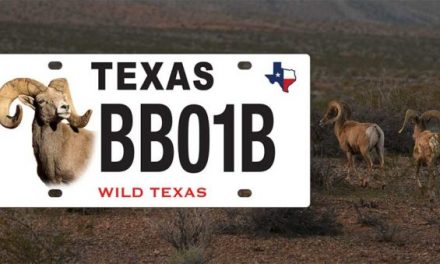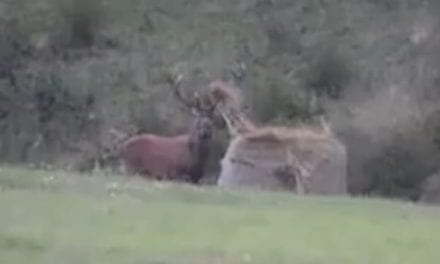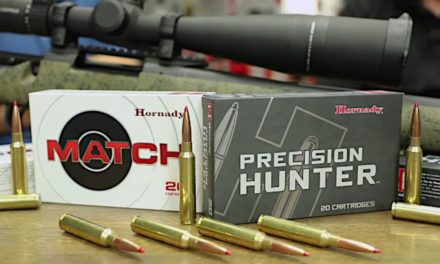I truly love wild turkeys and it’s no secret that I am a hardcore wild turkey hunter. I hunt wild turkeys in spring, fall and yes, in winter.
I believe hunting the wild turkey (Meleagris gallopavo) in the various seasons makes you a better, more knowledgeable, well-rounded turkey hunter because you gain intimate knowledge of the bird’s behavior.
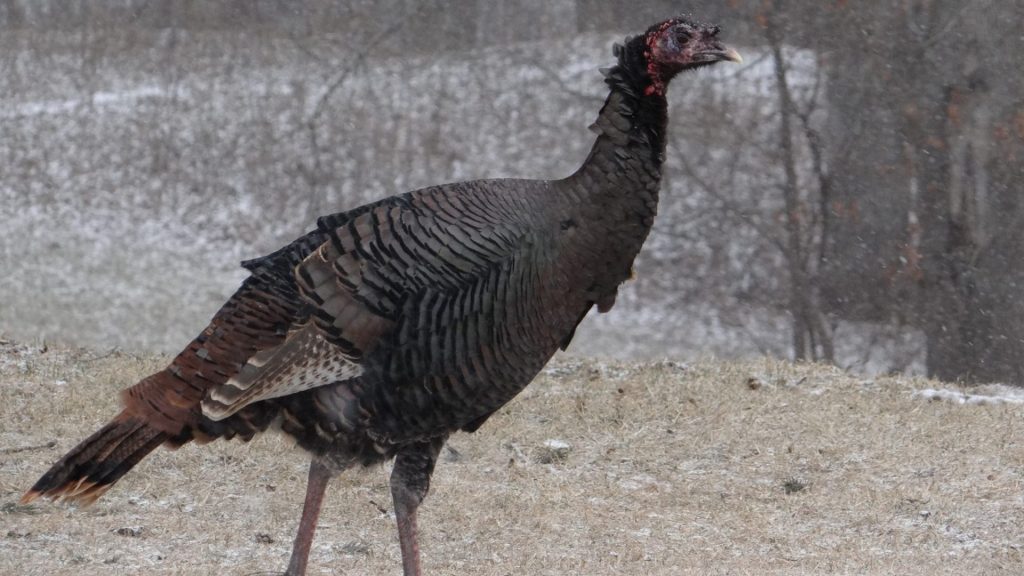
I know what you’re thinking. What kind of crazed hunter sets up for wild turkeys in the frigid, snow-covered landscape of a Nebraska December or January day, right? These birds are in their larger winter flocks and require a feat to get near.
After all, a big, cold-weather flock of wild turkeys holds a lot of wary, vigilant eyes and acute hearing capabilities. Some of these birds have either been spooked by humans or other hunters. Whatever the case may be, wild turkey flocks present fun, hunting challenges and tasty rewards in December and January!
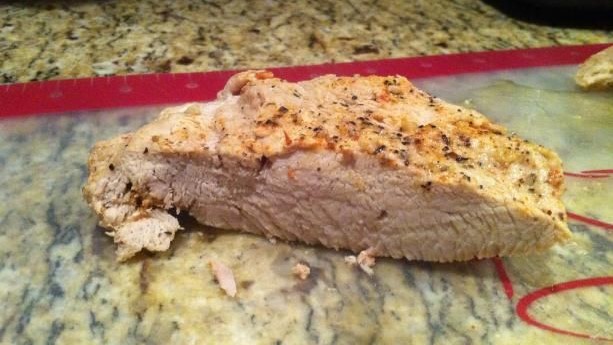
There are many positives for hunting North America’s largest upland game bird this time of year.
A turkey hunter may also be able to get access to private lands that have not been available in the fall because of other hunters pursuing game. Public hunting lands are also not receiving an overwhelming amount of traffic. There is virtually nobody else hunting wild turkeys in December or January. That quite possibly could be because of the sometimes brutal cold and snowy weather, or it simply might be because hunters have yet to discover this opportunity. The birds are also much easier to spot and hear from a distance due to snow cover blanketing the ground and lack of foliage.
What’s also interesting is that the turkeys tend to lower their guard to avoid danger in winter and become very predictable.
Wild turkeys are habitual in winter. They typically roost in the same woodlands, follow the same travel paths and use the same food sources around the same time each day. Variable weather conditions normally have little impact on their routine. Finding roost sites, fresh tracks, feathers or droppings offer great clues to these locations.
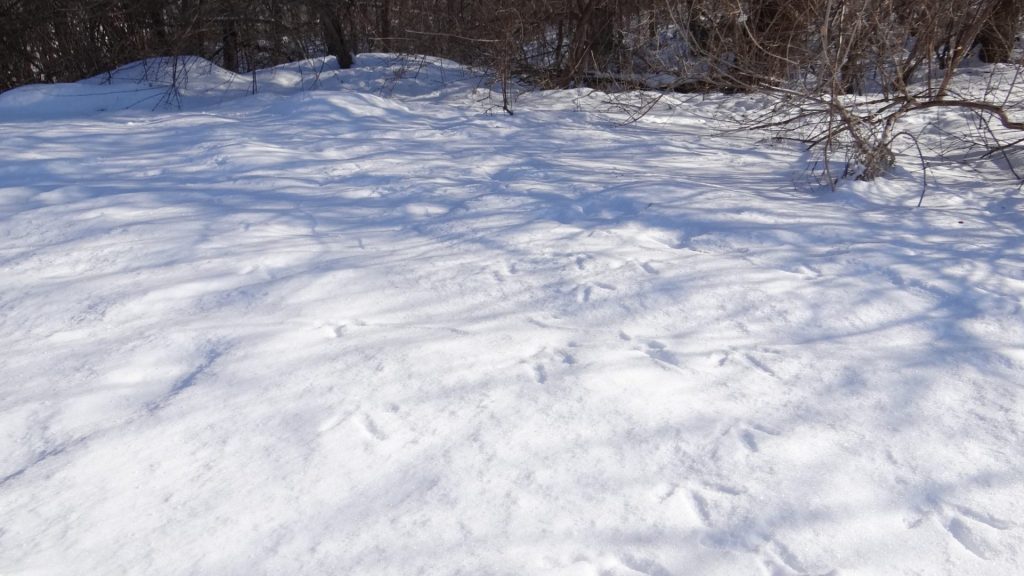
When it boils down to habitat, feeding and thermal roosting cover are important components for turkeys in winter. Harvested, untilled crop fields adjacent to mature woodlands with a somewhat open understory are sought by turkeys as they provide good roosts and adequate protection from inclement weather and predators. Expanses of old-growth woods containing mast-producing species like oaks situated next to harvested, untilled cornfields or soybean fields are great places to start looking for signs of turkeys during the winter months in Nebraska.
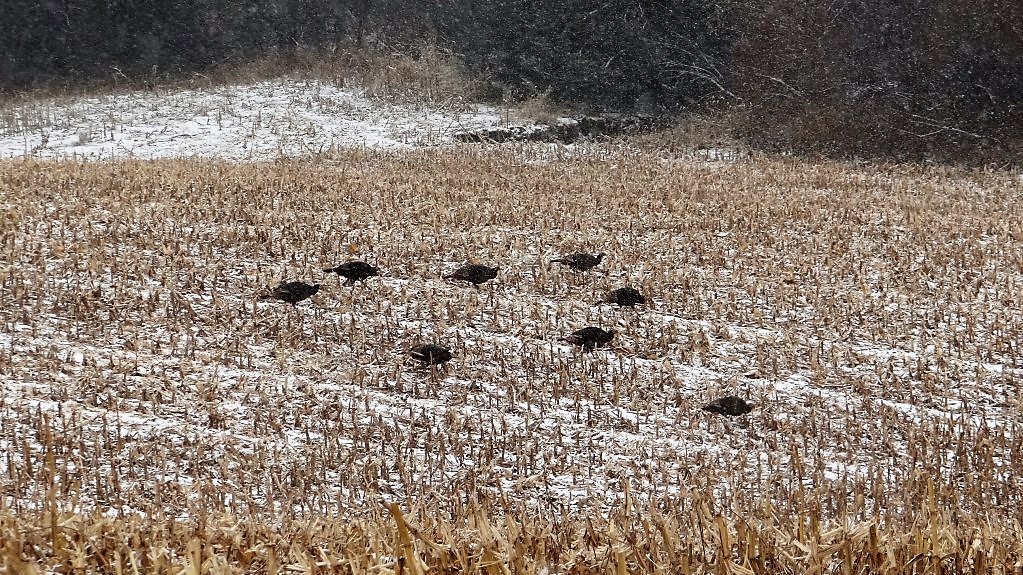
Also, any wooded draws or fingers containing mast-producing plant species that extend into grasslands or croplands should not be overlooked.
For roost trees, along many streams and rivers, cottonwoods are particularly important. Ponderosa pines are significant in northern and western Nebraska.
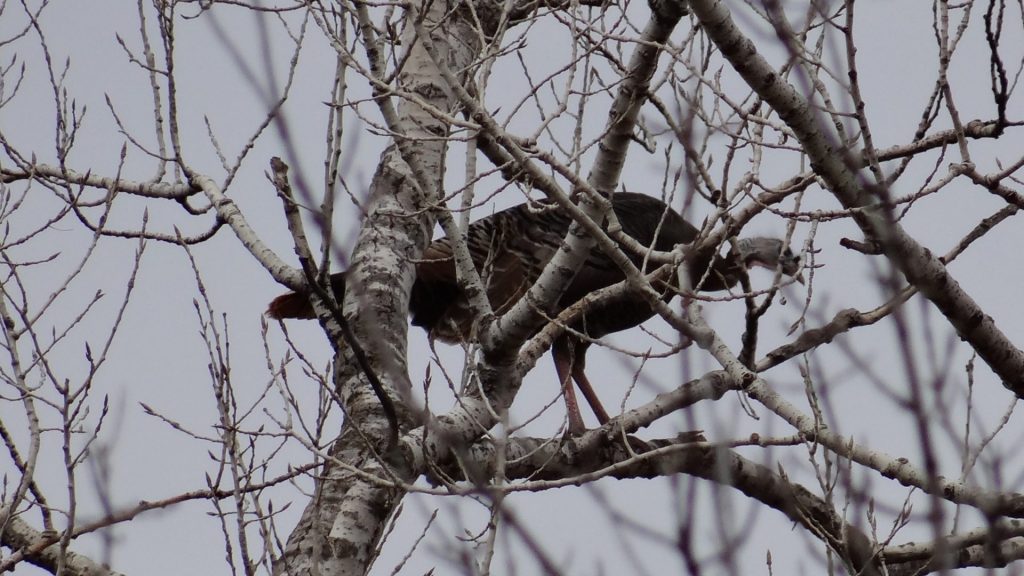
Wild turkey hunters in this cold-weather season will discover that the birds generally segregate by gender and age. Hens and juvenile birds stick together while older males tend to hand out nearby in their own flock. Normally the birds are all bunched together when they’re at a common food source. Wild turkeys gather in wintering flocks that range from a couple hundred birds or more to less than a dozen.
Trust me, watching these winter flocks up close is remarkable and really gets the heart pounding!
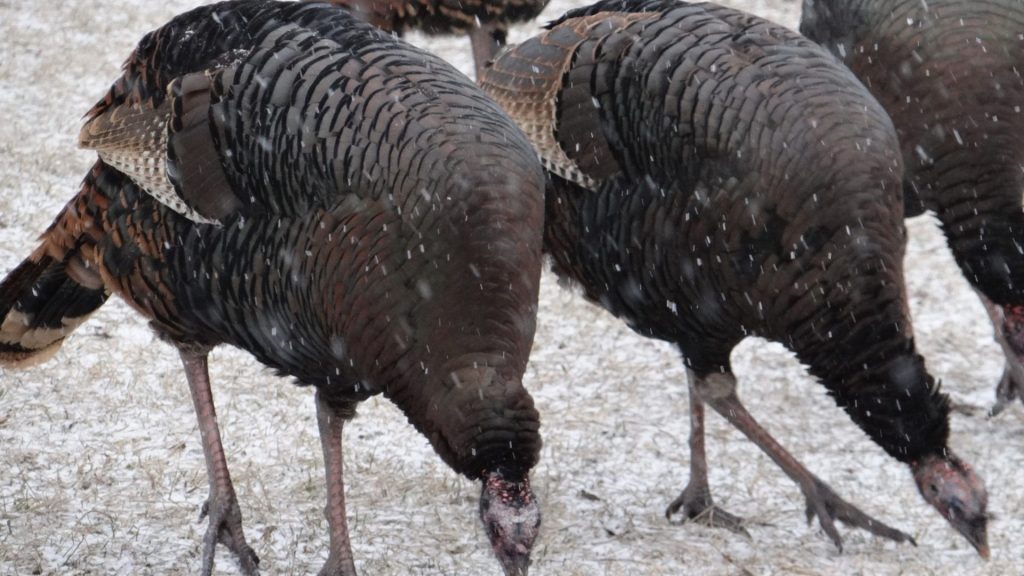
Believe it or not, wild turkeys in December and January can be highly vocal. Hunters will hear a fair amount of tree yelps, fly-down cackles, clucks, yelps and feeding purrs. Once on the ground, however, usually few calls are made.
A good rule of thumb is to call infrequently or at times not at all during this final stretch of turkey hunting. Let the birds dictate what you are to do. If they’re talking, you talk. If they are not talking, you don’t talk. It’s that simple.
From firsthand experience, I will tell you that success can be had by using periodic, soft yelps and feeding purrs with slate calls that bring inquisitive hens or juvenile birds close. You might even call in an entire flock of turkeys by varying your calls with clucks, yelps, kee-kees or even gobbles.
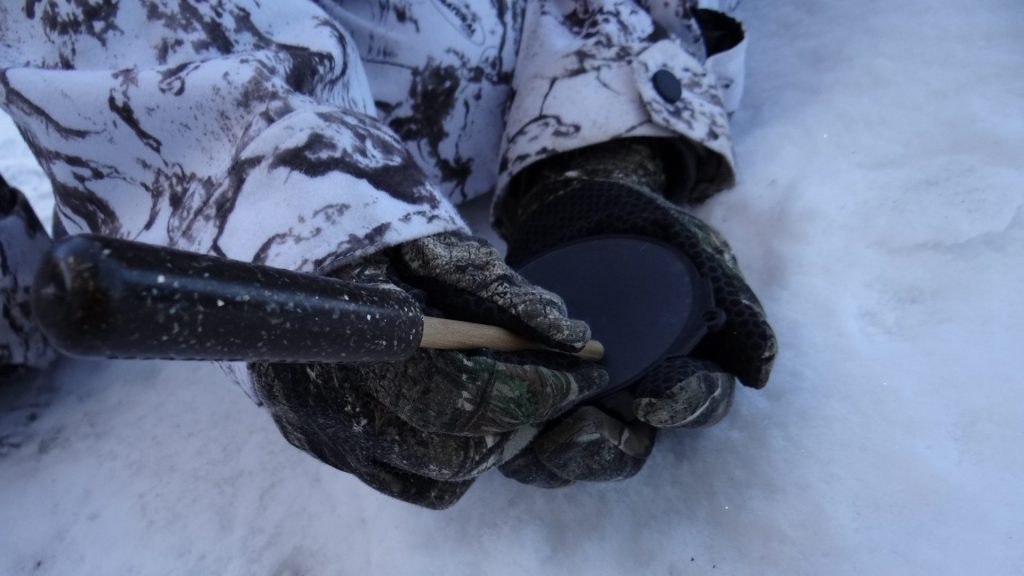
The exception to calling sparingly in winter, according to wildlife biologists, appears to be a group of gobblers. They can be extremely vocal when they are flocked up and battling for dominance. Hunters encountering these flocks are encouraged to be aggressive with calls (gobbler yelps, gobbles, etc.).
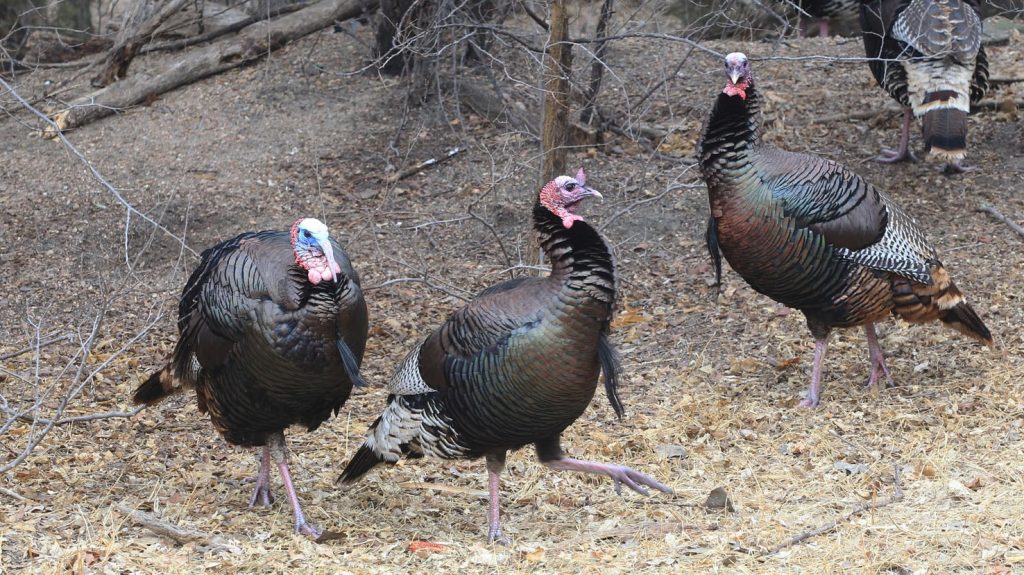
Portable, camouflaged ground blinds are wonderful to use for winter wild turkey hunting. These blinds offer mobility, concealment of movement, easy use of shooting sticks, protection from the elements and comfort with chairs and a propane heater. Plus, the blinds don’t seem to bother wild turkeys.
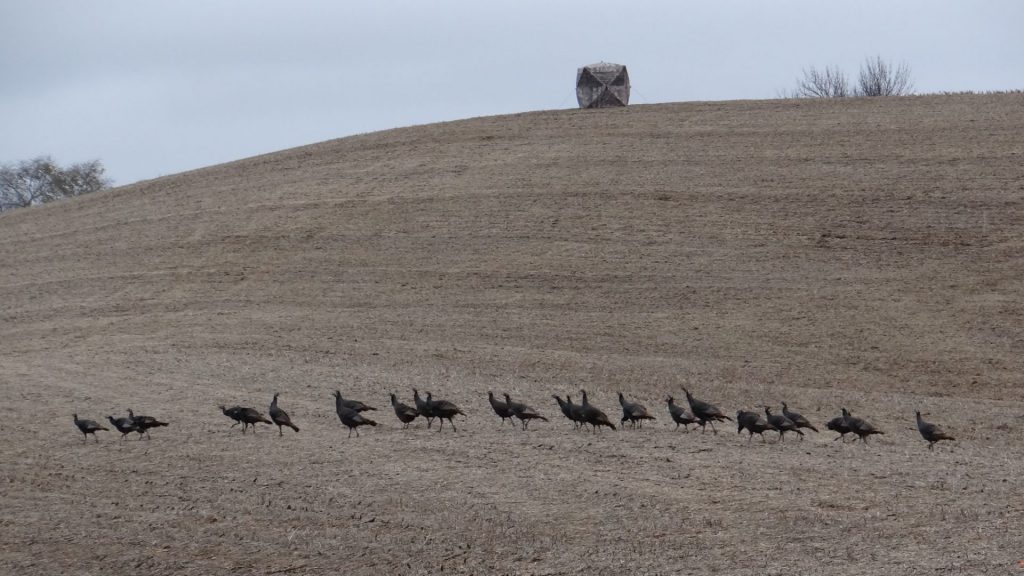
Another key point for winter turkey hunting is practicing how to use the sun and shadows. Think about the old western cowboy movies, every gunfighter wanted the sun at his back. It’s the same way in turkey hunting. If the sun is at your back, it is far easier for you to see the turkeys and more difficult for the turkeys to see you.
When it comes to wild turkey hunting in the Husker State, there is no need to wait until spring! Go now! As a matter of fact, most hunters already own the gear they need to take to the woods. Keep in mind that all 93 Nebraska counties have populations of wild turkeys. There is an abundance of birds in the countryside and still plenty of time on the calendar to purchase a Nebraska fall wild turkey hunting permit (good for two birds) and habitat stamp.
Don’t forget that youth turkey hunting permits are reduced in price and a bargain at $8! Pass on the tradition of hunting wild turkeys and enter our Take Em Hunting challenge.
Remember, time turkey hunting is indeed time well spent!
For more information about wild turkey hunting seasons in Nebraska click this link.
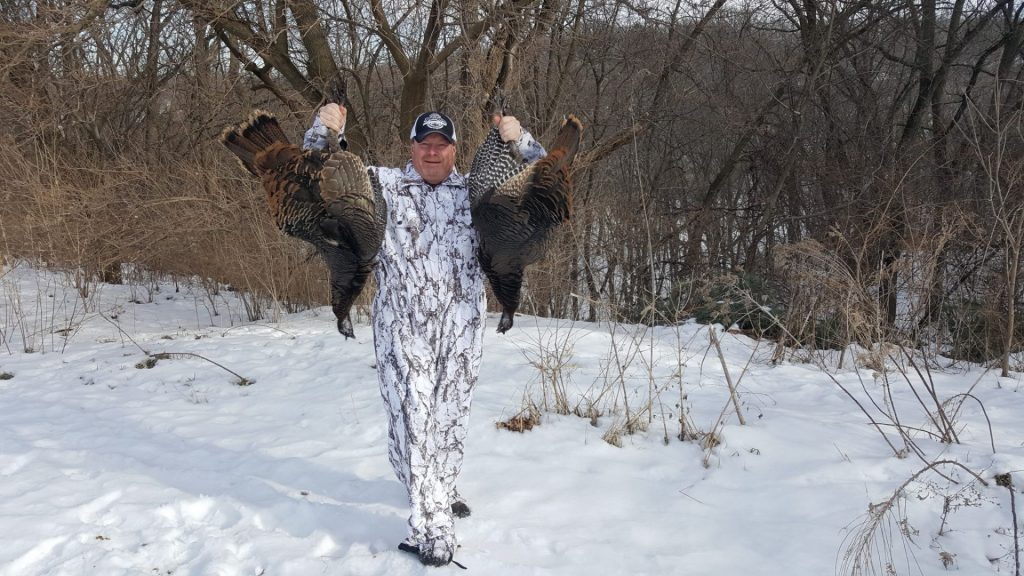
The post How To Hunt Nebraska’s Wild Turkeys in Winter appeared first on Nebraskaland Magazine.

